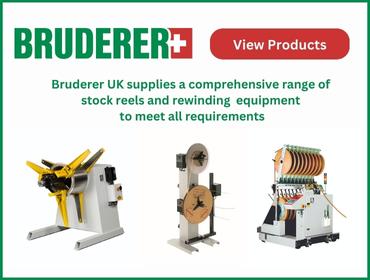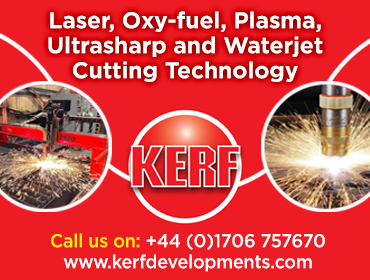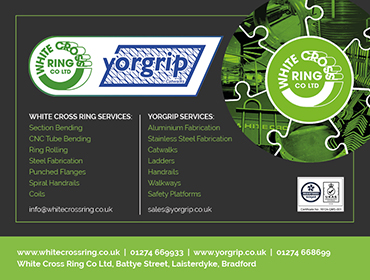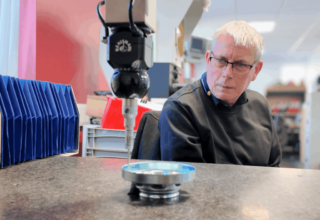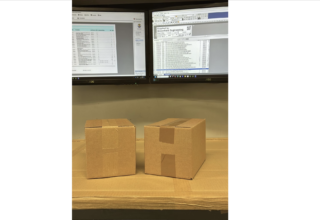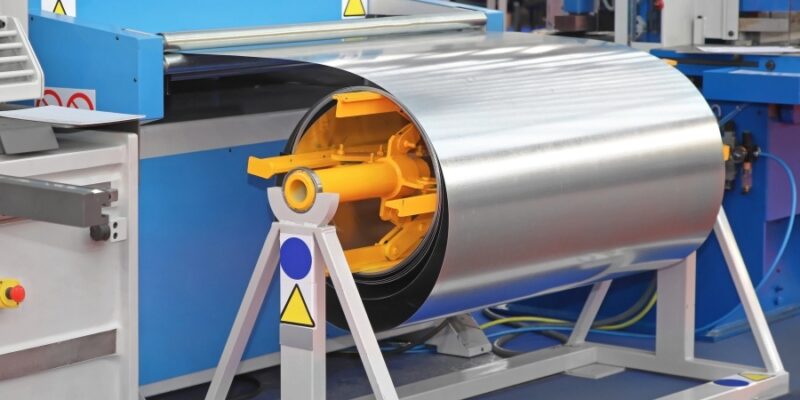
Steel coil processing is a method of transforming steel coils into various shapes to meet specific specifications and sizes.
Two of the most common processes are cut to length and cut to width, both of which will be explored in more detail below, alongside an explanation of coil processing, the applications of steel coil materials, and the advantages you can gain from using this material.
What is steel coil processing?
The process of cutting raw materials, steel coil processing, is a fabrication method that helps to transform steel coil into something more usable.
Ultimately, it is a form of turning large coils into more manageable products.
It requires precision fabrication that meets stringent standards and industry guidelines, making it vital that you work with a professional team who has experience in this area.
Applications of steel coil processing
Steelworks and structural steel are used across various sectors for numerous applications.
However, steel coil is specifically used in applications such as:
- Shells of aeroplanes
- Cargo ships
- Cars
- General home appliances
- Water tanks
- High-volume, pre-engineered products
- Various applications within the construction industry
Steel coil processing
Steel coil processing involves unwinding the coil, straightening and flattening the metal to remove imperfections, slitting the steel, and then cutting it to length or into narrow strips to create the desired sheets.
The process begins with purifying raw steel, which is melted and alloyed to allow it to be processed through the required steps.
Steel coils are then processed using hot or cold rolling, depending on the final product’s use (also taking into account tolerances).
Once cut, the steel is then coated to help improve its corrosion resistance. (Check out our range of finishes and coatings the Morfabrication team can provide to protect and increase the longevity of your steel product further)
Once checked, the steel is then put through a final coiling process, making it ready for distribution.
It’s important to make sure that you carry out quality checks at every stage to ensure that consistency and high standards are met.
The two main processes involved in steel coil include:
Cut to length – primarily used in steel sheeting; large sheet rolls are unwound and cut to standard predetermined steel sheet sizes. This process requires the steel to meet flatness tolerances and adhere to set measurements, forming flat, uniform pieces. This process uses horizontal cutting blades to cut steel coils.
Cut to width – in this instance, the steel coil is cut lengthwise to create narrower strips of steel that are suitable for roll forming and stamping. The benefit of this process is that it can be automated, increasing productivity and reducing costs.
Both processes help improve the steel’s flatness levels and reduce the coil set, making it suitable for a wider range of applications. Both methods require skilled fabricators with experience using hot and cold presses, as well as automated machinery, to achieve the desired outcome.
Benefits of steel coil processing
Steel coil processing is compatible with many automated systems, allowing you to increase productivity and maintain high levels of efficiency.
Due to automation, you can lower costs and achieve greater consistency in the end product. Steel coil is also efficient to transport in large volumes due to its lightweight structure and composition. It has lower production costs and enhanced operational efficiency. It helps to improve the usability of raw steel. Coil thickness and widths can vary depending on needs. It can enhance supply chain performance.
Steel coil processing is more sustainable, as it generates less steel waste and requires fewer raw materials. Less waste is generated as sheet metal is cut to standard sizes and automated to reduce cut waste. Product consistency is improved.
It provides strength, durability, reduced material handling, cost efficiencies, and increased production speeds. Steel is corrosion-resistant, versatile, and suitable for various industries.
Although all steel coils come with numerous benefits, they are limited in process flexibility, i.e., you can’t make cutting changes easily.
The importance of steel coil processing
Steel coils can’t be underestimated. Precise material handling is crucial for products used in the construction and automotive industries. It is what gives these sectors the vital products and components for them to continue with their own operations and processes.
Morfab, understands the requirement for customisation and appreciates that not all standard steel products are suitable. to assit, Morfab works with clients from the initial CAD designs through to the precision fabrication processes, product manufacture, and installation. Ensuring clients receive all the product benefits and save time and money throughout the project.




